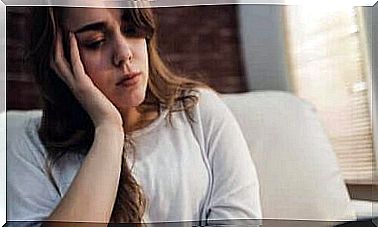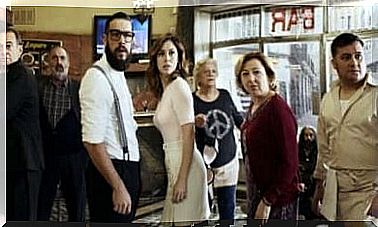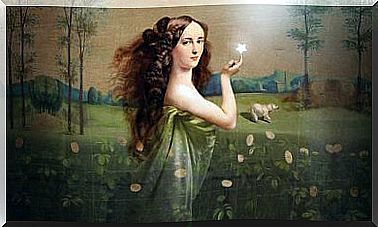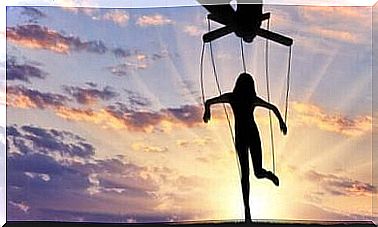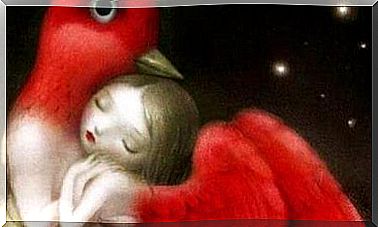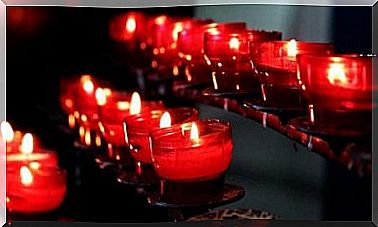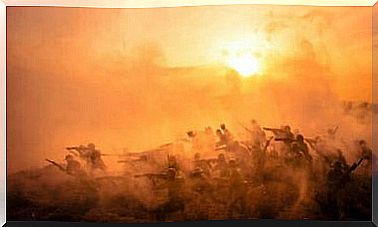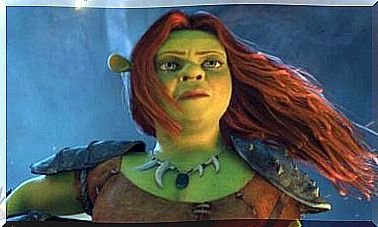Creativity And Bipolar Disorder: How Are They Related?
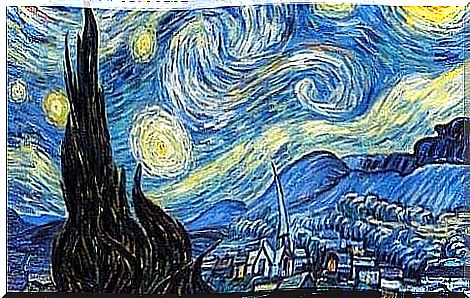
Many artists have claimed that their mania and depression have given them the opportunity to connect more intensely to the world through their emotions. The internal consciousness has led people to wonder if creativity and bipolar disorder are related to each other.
First and foremost, it is important to clarify a small aspect. Most creative people do not suffer from any mood swings.
It is also important to emphasize that bipolar disorder is not easy to diagnose. Therefore, we can not say which of the great artists suffers from it. People like Van Gogh, Virginia Woolf and Ernest Hemingway are all thought to have suffered from it because of their sad changes and other clues they left in their unforgettable works.
We often get used to labeling, and relate genius to madness. Similarly, we often link bipolar disorder to the gift of exceptional creativity. However, none of these assessments are correct. Bipolar disorder is not a gift, it is a difficult condition. In the same way, we can not forget that crazy people are not the only ones who see psychiatrists and psychologists. People who feel too much and connect to their emotions intensely and uncontrollably also see them.
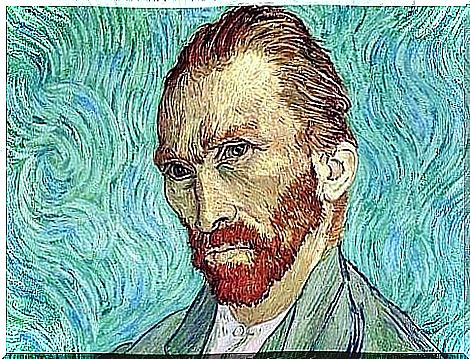
What does science say about the relationship between creativity and bipolar disorder?
If you want to dive deeper into the relationship between creativity and bipolar disorder, you can study Kay Redfield Jamison’s work. This psychiatrist gives a direct and revealing testimony about the condition. In fact, she suffers from this condition herself. Her testimonies in her books, such as An Unquiet Mind : A Memoir of Moods and Madness , are simply enriching because they provide a personal, human and clinical perspective.
Dr. Kay Redfield’s life changed completely when she began to suffer from the condition. She experienced many periods of utterly crazy happiness. However, she also experienced angry periods where she became obsessed with complicated psychotic symptoms. She says that although she felt very creative during these periods, she entered the threshold of depression and also tried to kill herself several times.
With this in mind, it is important to point out that although many believe that the only positive thing about bipolar disorder is the creativity that comes with it, this creativity usually comes with a heavy price. Many patients who suffer from this condition end up taking their own lives.
No gift is worth such a high price. Dr. Kay Redfield knew it well. Therefore, she dedicated her professional life to studying this condition. In particular, she wanted to understand the relationship between creativity and bipolar disorder.
Let’s take a look at what science has to tell us.
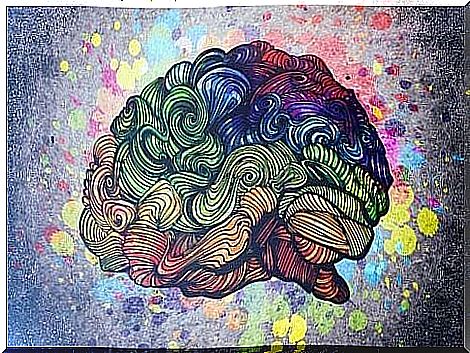
The first study of creativity and bipolar disorder and other mental disorders
In the 1970s, the first empirical study on the relationship between creativity and mental illness was conducted. The University of Iowa suggested that schizophrenia was related to creativity. They analyzed a large group of famous artists, writers and musicians.
The results were very revealing. They discovered that schizophrenia was not related to creativity. However, they discovered a relationship between mood disorders, such as major depression and manic syndrome, and creativity. More than half of those analyzed suffered from these conditions.
Mania and a more connected brain
Dr. Redfield began studying bipolar disorder in the 1990s. She has discovered the following:
- Very intense moods stimulate the creative process.
- During a manic episode, the levels of enthusiasm, energy and self-confidence increase. In the same way, the brain undergoes a change. In particular, the speed of thought processing increases and there is greater capacity to link and generate new ideas.
- They feel freer than ever to go beyond what is established.
- People with mania or hypomania hardly feel the need to sleep. Euphoria, well-being and emotions as intense as they are challenging, overwhelm them.
- During manic and creative phases, people try to stifle depressive anxiety. Their attempts to calm or deter their depression continue the creative process.
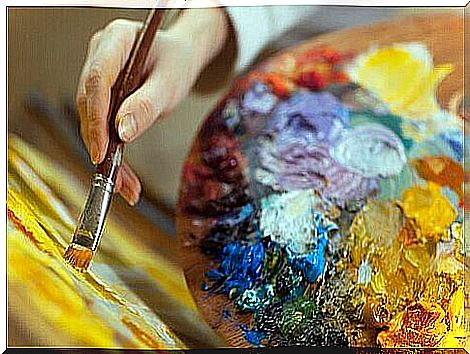
Not all people with bipolar disorder are creative
One thing that all studies emphasize is that not all people with this condition are creative. Furthermore, as we have mentioned, most creative people do not suffer from mental illness.
In this way, Dr. Kay Redfield Jamison pointed out that people who suffer from this condition say that they are much more creative during remission or when the symptoms are mild or absent.
Reason? When they are depressed, they cannot function, and their minds go one kilometer per minute during manic or psychotic episodes. Creativity needs a mind that is alert but also calm, centered and relaxed.
